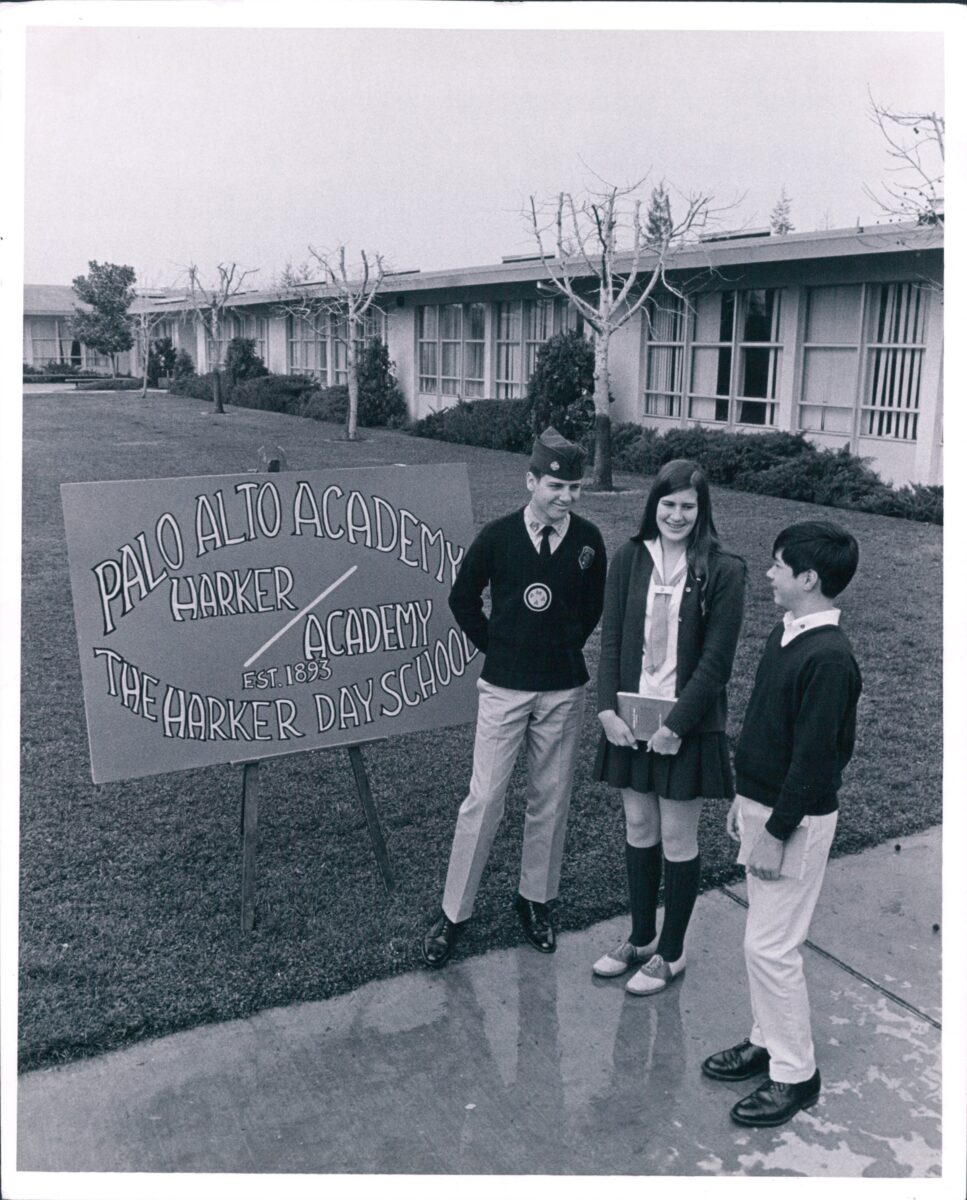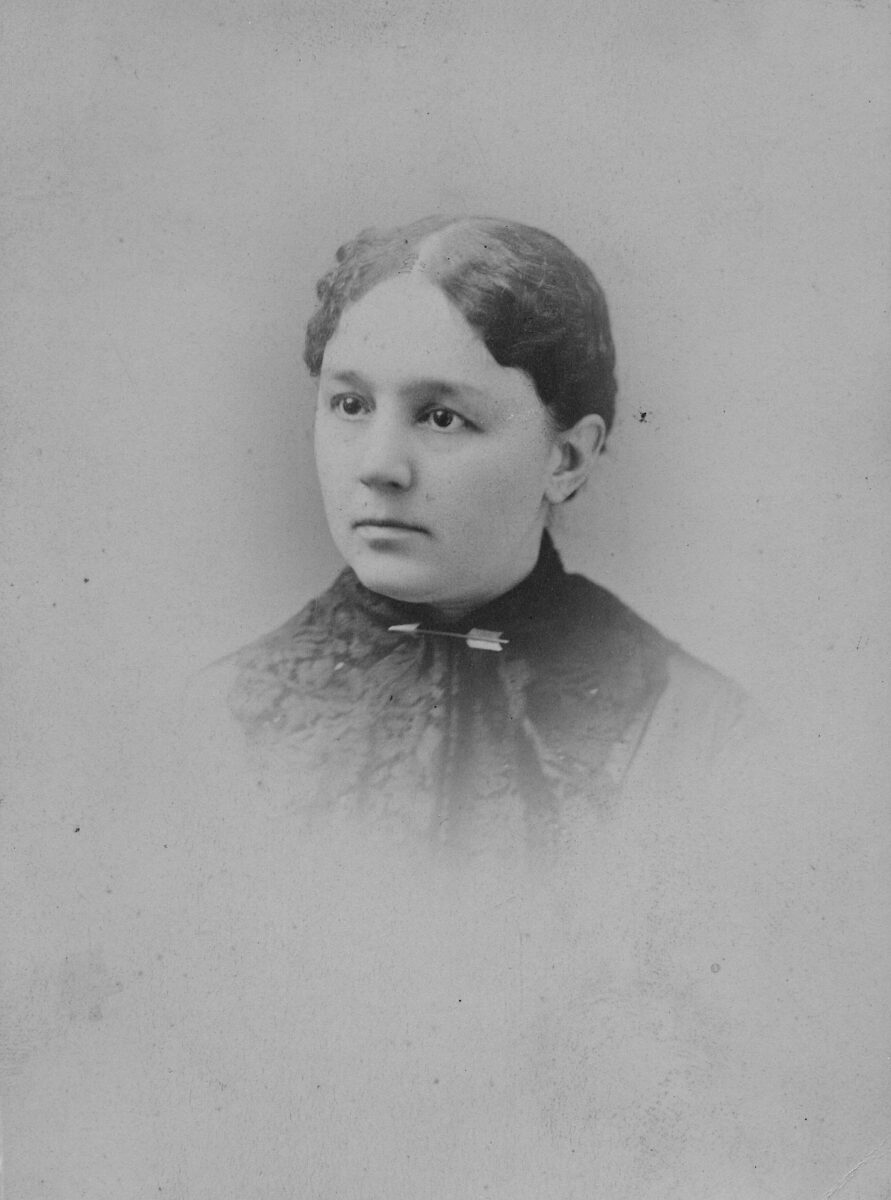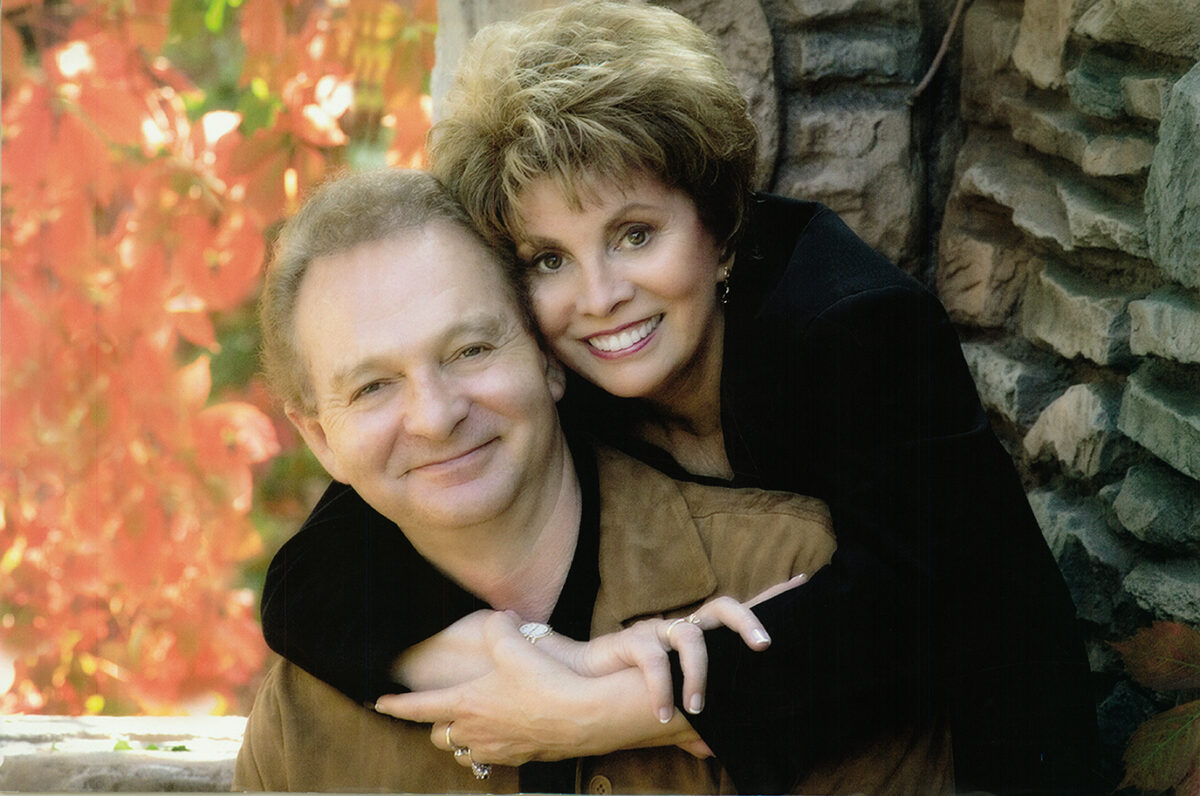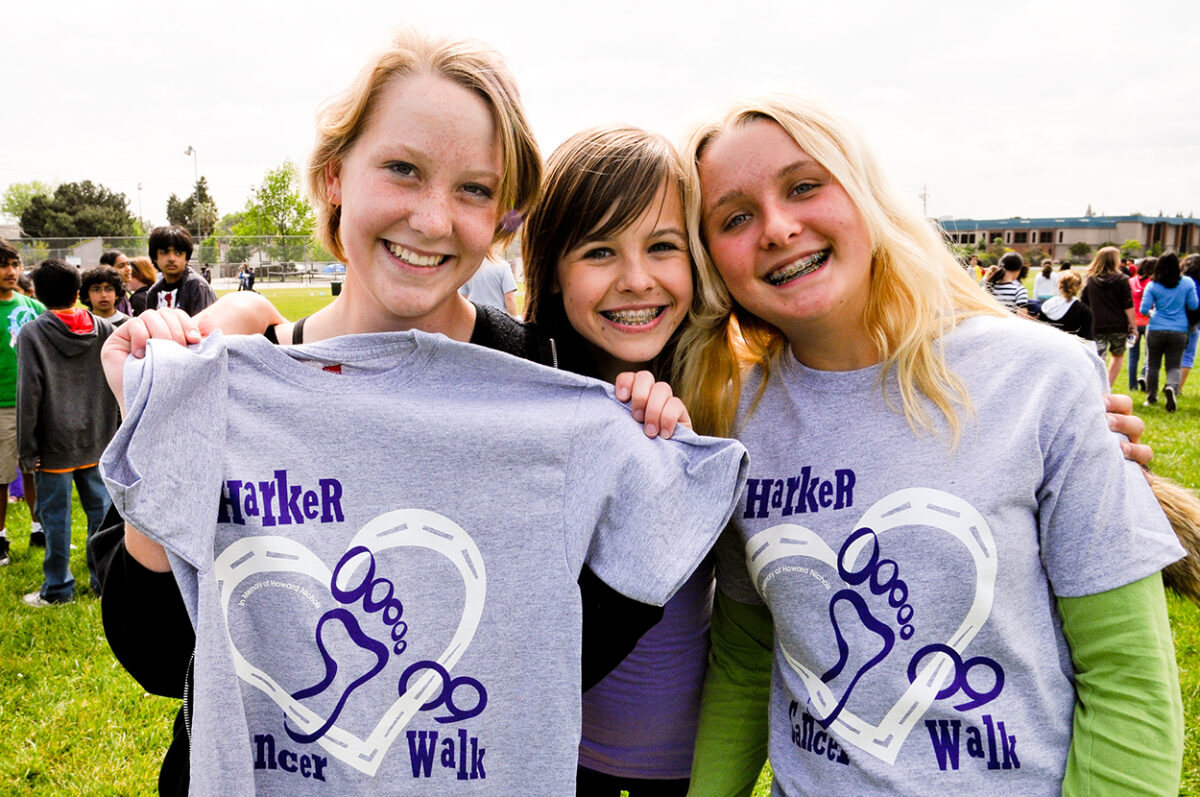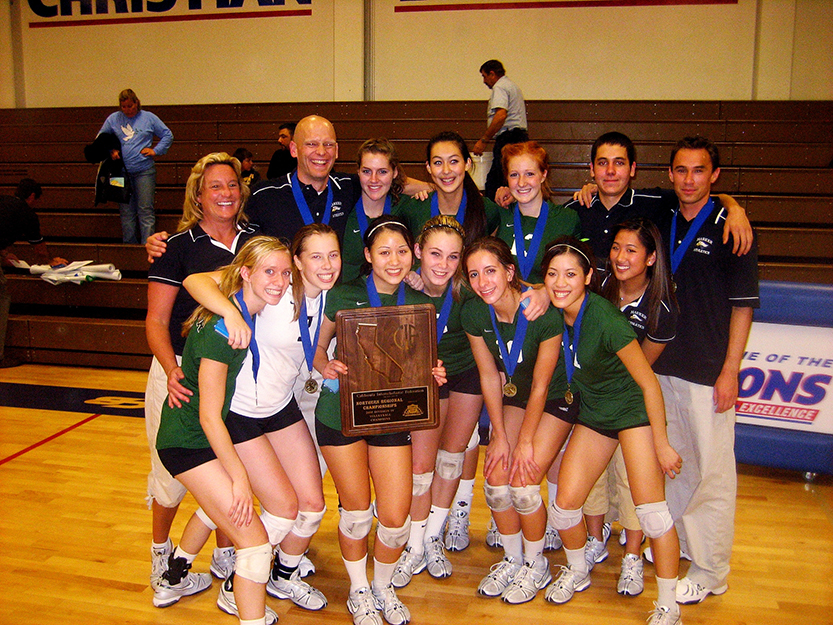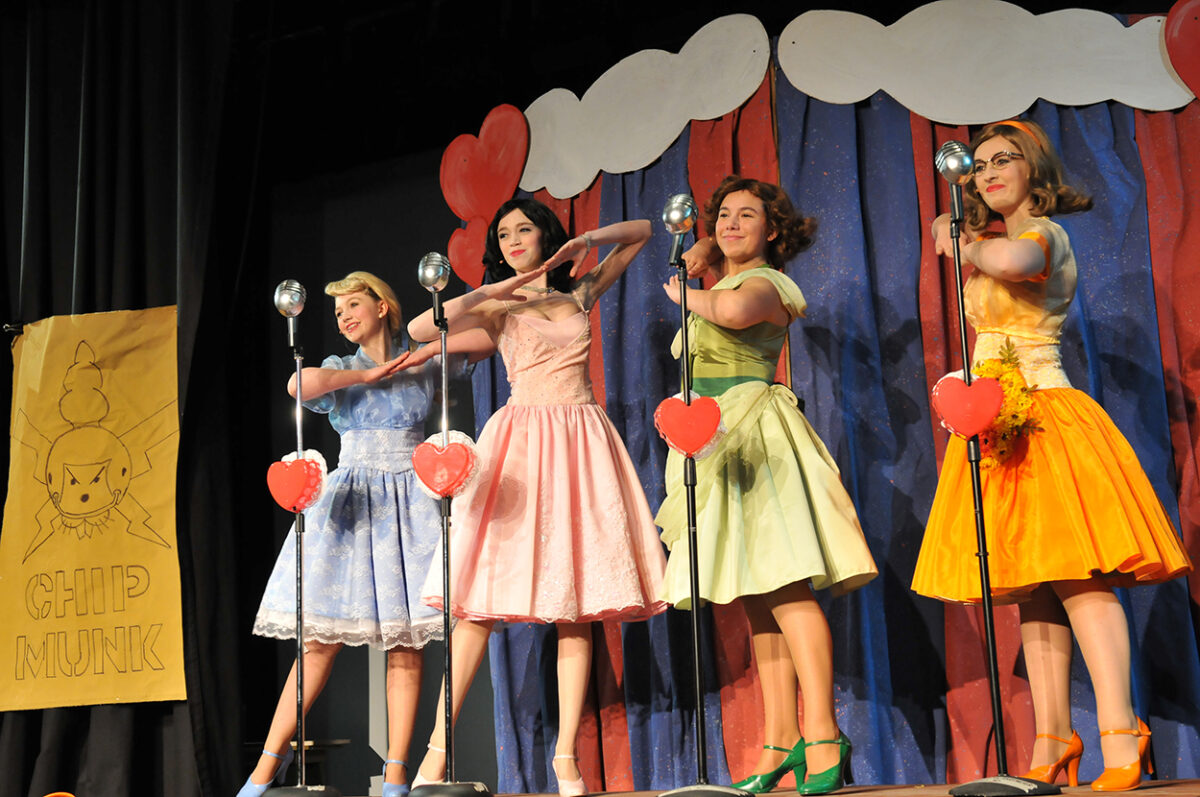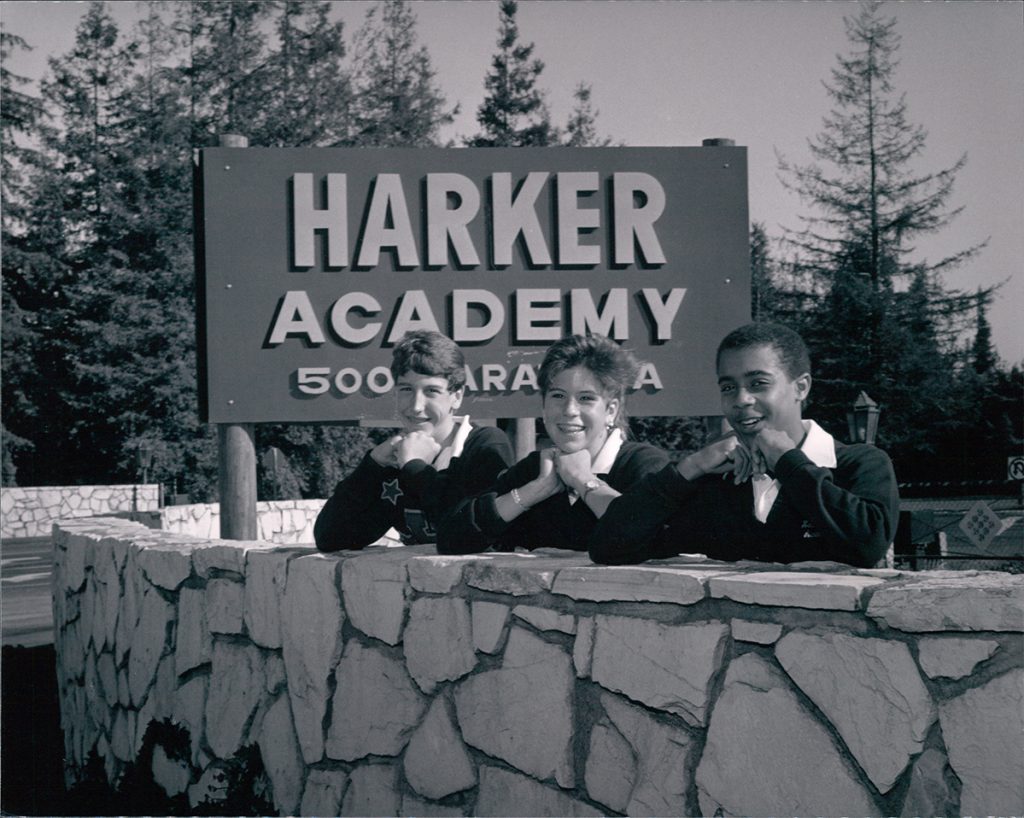Harker celebrates its 125th anniversary this year! Read all about Harker’s fascinating past in this series of articles, which include tons of photos and some great archival videos!
harkerhistory
Harker founders focused on academics from the start: 125th Anniversary Special
This article first appeared in the Harker Magazine Commemorative Anniversary Issue, celebrating 125 years, published July 2018. Our Founders Near the turn of the…
The Nichols Legacy: 125th Anniversary Special
This article first appeared in the Harker Magazine Commemorative Anniversary Issue, celebrating 125 years, published July 2018. The Nichols family provided leadership at Harker…
Giving Back: 125th Anniversary Special
This article first appeared in the Harker Magazine Commemorative Anniversary Issue, celebrating 125 years, published July 2018. Harker’s historical commitment to developing students into…
Achievement Highlights: 125th Anniversary Special
This article first appeared in the Harker Magazine Commemorative Anniversary Issue, celebrating 125 years, published July 2018. Here are some of the many remarkable…
Signature Programs: 125th Anniversary Special
This article first appeared in the Harker Magazine Commemorative Anniversary Issue, celebrating 125 years, published July 2018. Throughout its history, Harker has offered programs…
Our History, Winter 2016
This story originally appeared in the winter 2016 Harker Magazine. The 2018-19 school year will mark the 125th anniversary of Harker’s founding, and we’re…
Historic Moment in Harker History as San Jose City Council Gives Third Campus Permit the Go-Ahead
Dec. 4 marks a historic moment for The Harker School. When The Palo Alto Military Academy and Miss Harker’s School for Girls merged and…
Harker History: Looking Back at 119 Years of Harker History
By: Terry Sweeney Walsh This article originally appeared in the winter 2011 Harker Quarterly. 1893 Manzanita Hall, founded by Frank Cramer at the urging…
The Harker School’s Theater History Spans Century
Harker is proud to celebrate nearly a century of excellence in performing arts. “The Princess,” adapted from Alfred Lord Tennyson’s poem of the same…
